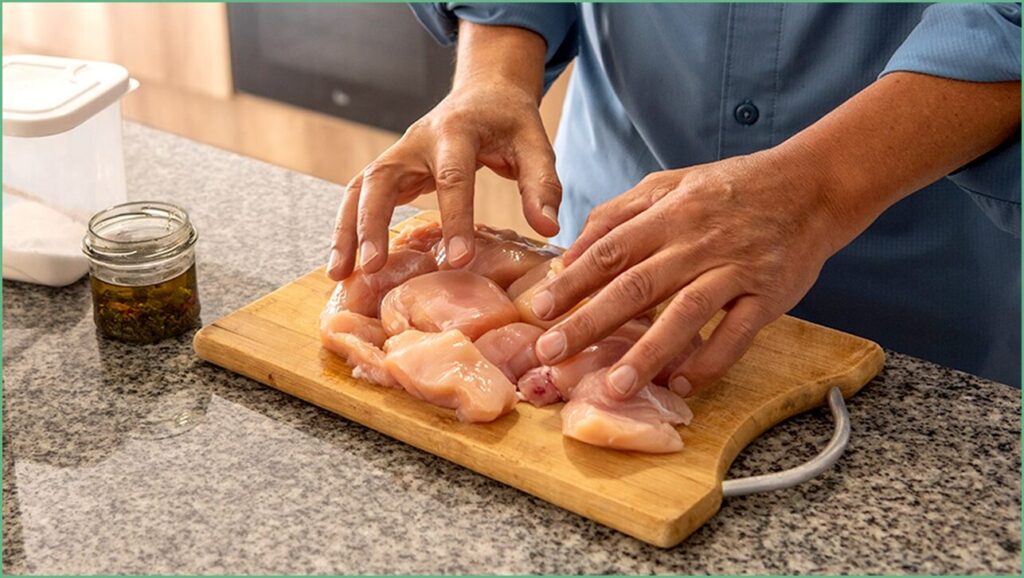New research ties a surprising share of urinary tract infections to contaminated meat, linking certain E. coli strains in retail chicken and turkey to infections in people. The study analyzed thousands of bacterial samples and used genomic modeling to trace whether strains came from animals or humans. Findings point to a notable food safety gap that hits women, older adults, and low-income neighborhoods hardest, and researchers are calling for further study and practical prevention steps.
Urinary tract infections are common and painful, especially among women and seniors, and they usually arise when bacteria like E. coli enter the urinary tract. Typical triggers include hygiene lapses, sexual activity, and incomplete bladder emptying, but this new work highlights another pathway: contaminated food. The idea that meat can carry strains able to cause UTIs challenges some routine assumptions about where these infections begin.
Researchers from public health institutions collected more than 5,700 E. coli samples from both patients with UTIs and retail meat in the same neighborhoods, then applied genomic modeling to estimate the origin of each strain. That work allowed investigators to distinguish strains likely to have animal origins from those that evolved primarily in humans. Using genetic fingerprints in this way gives a clearer picture of how bacteria may move from farms and processing plants into kitchens and then into people.
The study estimated that about 18% of UTIs in the region were linked to E. coli strains of animal origin, often traced back to poultry. Chicken and turkey carried the highest-risk strains in the samples analyzed, suggesting poultry is a significant source of these foodborne infections. Those numbers are a wake-up call for food safety and household handling alike.
Risk was not evenly distributed. Residents of lower-income neighborhoods faced about a 60% greater risk of foodborne UTIs compared with people in wealthier areas, and the burden fell hardest on women and older adults. Those disparities point to gaps in access to safe food, information, or resources that reduce contamination in the home. Addressing those gaps could lower infection rates where they are highest.
Researchers stressed that more work is needed to “distinguish foodborne transmission from other possible exposures” and to study whether similar patterns appear elsewhere or with other types of infections. They also warned of broader implications, arguing that this is a public health issue beyond isolated communities. As one researcher put it, this poses a “hidden foodborne risk to millions of people” if similar dynamics are occurring around the country.
“But our findings suggest that they are also a food safety problem,” he went on. “This opens up new avenues for prevention, especially for vulnerable communities that bear a disproportionate burden.” He added, “This is just one example of dangerous pathogens spreading to people through the food supply,” he said. “They should also demand that food safety be a national priority — it’s impossible to make Americans healthy while making them sick with foodborne pathogens,” he said.
Public health teams plan to test interventions that might reduce transmission from food to people, while scientists work to replicate results in other regions. In the meantime, practical steps at home can cut risk: assume raw meat and poultry are contaminated, seal packaging to prevent leaks, and keep raw items isolated from other groceries. Thorough cooking, careful avoidance of cross-contamination, and washing hands and surfaces after handling raw meat remain basic, effective defenses against foodborne E. coli.
